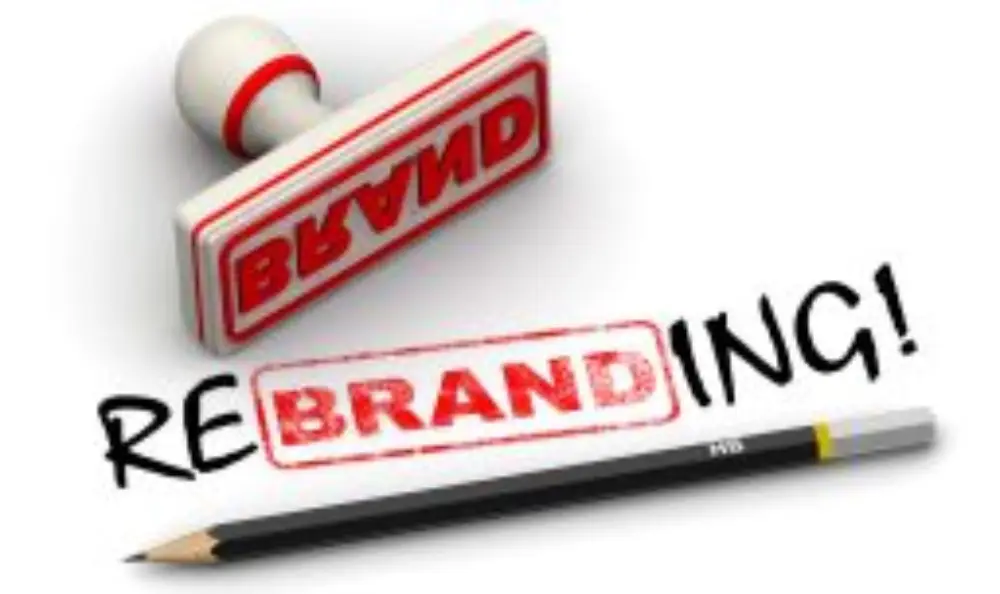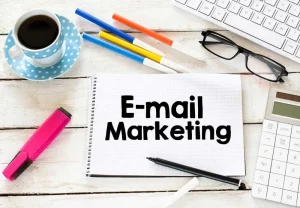
Marketing | The 10 Big Lies of Network (Multi-Level) Marketing
The multi-level marketing (MLM) field grows and its member companies multiply. Solicitations to join the movement seem to be everywhere. The impression accordingly grows that

Your brand is the core identity of your business: a collection of all the values, ideals, characteristics and personality traits of your company reduced to a single set of recognizable standards. But sometimes, even beloved brands go through crises; they succumb to the natural pressures of aging, or they fail to meet audience standards the way they used to.
In these cases, it’s a good idea to “re-brand,” by either coming up with a new concept or modernizing your old one. On the other hand, however, re-branding at the wrong time might seriously jeopardize your image. So, how can you tell whether it’s an appropriate time to re-brand your company?
Why you shouldn’t re-brand on a whim
Re-branding isn’t a strategy you should pursue just because it “seems like a good idea” or because your gut’s telling you to go for it. Your brand is the foundation for all your other marketing and messaging strategies, so changing it is literally going to affect everything else in your company. That’s not a level of impact to trifle with. Plus, one of the most important factors for successful branding is consistency; if you change too much too quickly or at an inopportune time, you could interfere with your existing customers’ loyalties to your brand.
So, when is a “good” time to re-brand? Here are five indicators:
1٫ Your old image is obsolete.
First, you could be in need of a re-brand simply because your old image is obsolete. Design trends change quickly, and in the span of a decade or two, the fonts, colors and shapes that seemed cool at the time could be laughed at in the modern era as nostalgic leftovers. In these cases, the bulk of the brand can remain intact; instead, you’ll merely update the surface-level features, reshaping your logo, updating your brand voice and tweaking that voice for modern tastes.
2٫ You’re targeting a new demographic.
An effective brand is one that’s created specifically for one target audience; this is what makes a brand relevant and relatable. If you decide your company is going to target a new demographic, your brand will have to evolve along those lines as well. A brand that appeals to middle-aged women won’t appeal to teenage boys. You’ll need to revise your image to stay alive.
3٫ A new competitor is threatening you.
Re-branding could also be a defensive move to protect your business against the rise of a new competitor. For example, if a new company emerges on the market that’s strikingly similar to yours, users might be confused as to which company to buy from. You can step away from the pack by differentiating your brand with new, more appealing standards. Alternatively, if a differentiated brand emerges, you can learn from some of the qualities that made it successful.
4٫ Your mission or values have changed.
Your mission and values should dictate how your brand develops. If they change, your brand should follow. For example, if your company decides to start providing more eco-friendly options and minimizing its impact on the environment, you can opt for a sleeker logo and a more down-to-earth voice. Whatever it takes to make your brand a reflection of your company’s identity, do it.
5٫ Your original brand was botched.
Of course, it’s also possible that your brand was assembled poorly and in haste, due to a cheap agency without much care for detail or an inexperienced worker on your team. If your brand was originally “botched,” you may need to re-brand just so you can get a fresh start for your company’s identity.
Where to go from here
Assuming you’ve decided to follow through with your re-branding efforts, here are a handful of next steps for you to follow:
:: Identify your goals. As with any marketing strategy, you first need to identify your goals. Are you attempting to rebuild your company’s image from scratch, or just taking a little off the top, reshaping your identity slightly for a modest change? Are you trying to appeal to a new audience or to revitalize your energy with your current customers?
:: Work with a professional. Next up, work with a professional. There are some areas of marketing and advertising where you can’t afford to skimp, and branding is one of them. Work with the best people you can find.
:: Proactively announce your rollout. Don’t blindside your customers; prepare them proactively for the rollout by making a series of formal announcements about your new brand. Consider celebrating with a sale or similar promotion to get users excited about your changes.
Some brands are able to stay relatively consistent for a lifetime. Others go through periods of rapid evolution, and still others update only as needed every several years. There’s no right or wrong answer to the re-branding question — there’s only what is and what’s not appropriate for you and your audience.
If your brand isn’t doing its job, appealing to your key demographics and accurately representing your company vision, it needs to change. That’s as simple as it gets. As for whether your brand meets those standards or not — that’s up to you.

The multi-level marketing (MLM) field grows and its member companies multiply. Solicitations to join the movement seem to be everywhere. The impression accordingly grows that

Every company leader seeking legitimacy knows that dispersing mentions of his or her brand across multiple digital platforms is vital. Each digital platform has a

Email marketing is one of the best advertising and marketing methods. In order to be as effective as possible, we must pay attention to some
Follow The Tutorials and Key Tips.

اگر به دنبال موفقیت در مذاکرات یا مکاتبات تجاری خود…
Follow News and Group Discounts.
Follow Trainings and Group Discounts
Forward-looking entrepreneurs and innovative businesses benefit from the latest knowledge and the bitter-and-sweet experiences of others for their growth.
We at “Succourad” after years of experience and providing various services at National, Regional, and International levels, relying on the latest knowledge and with the support of our experienced members, we are with you from the beginning to the end of setting up your business and its development at the worldwide level.
Until now, we have tried to provide all the services you need (Training, Coaching، Consulting، Mentoring, Translating، Acceleration, Digital Marketing، Hosting, Content Creation, Web-Design, SEO , etc.) 24 hours a day as soon as possible with highest level of quality & lowest cost .
Copyright ©2014 – All rights reserved “Dr. Ali Ghavami“.